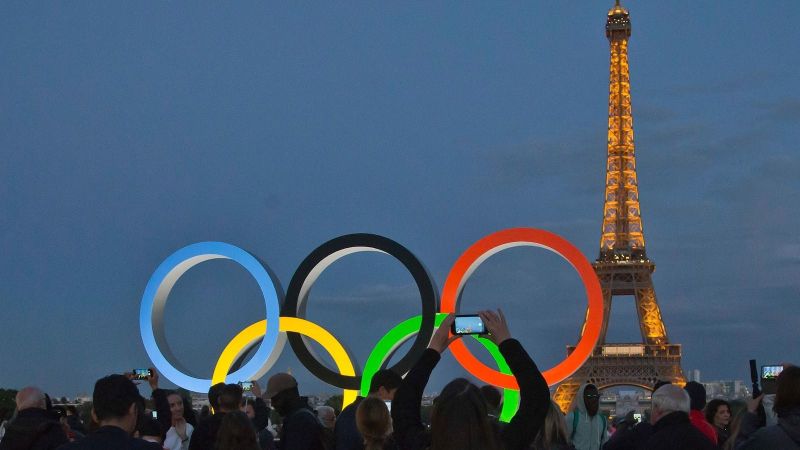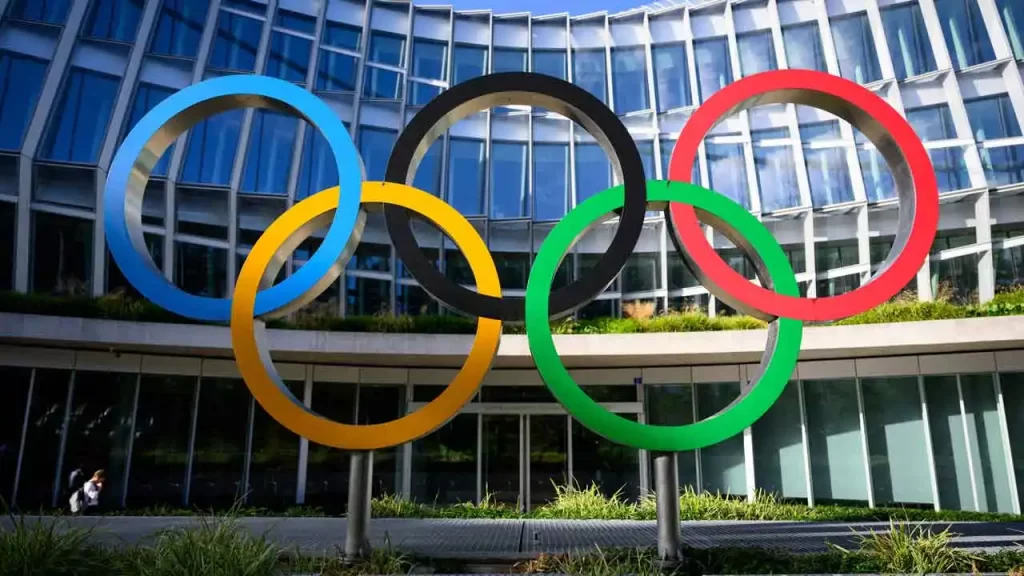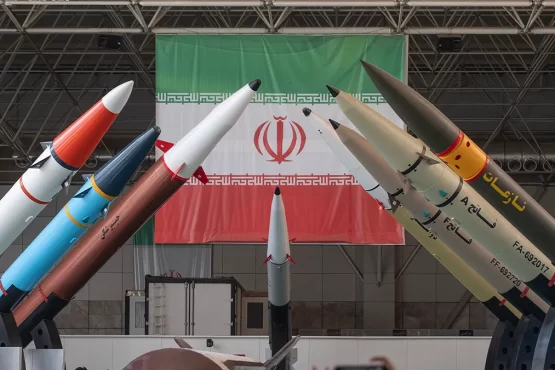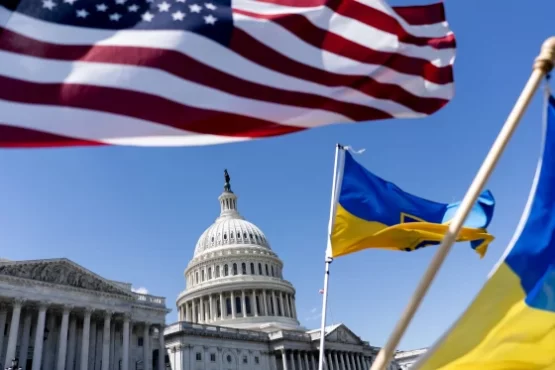As the Paris 2024 Olympic Games drew to a close on Sunday, August 11, 2024, the iconic Olympic rings took center stage once again, their presence a powerful reminder of the Games’ enduring legacy and global significance. This symbol, recognized worldwide, has a fascinating history rooted in the vision of the modern Olympics’ founder.

Origins of an Icon
The Olympic rings, one of the most recognizable emblems in the world, were conceived by Pierre de Coubertin, the controversial architect of the modern Olympic Games. Coubertin unveiled this design in 1913, marking a pivotal moment in Olympic history. The rings made their public debut at the Olympic Congress in Paris in 1914, coinciding with the 20th anniversary celebration of the Olympic Movement.
Symbolism and Unity
Coubertin’s design was far from arbitrary. The five interlocking rings were carefully crafted to represent the unity of the world’s five major continents as recognized at the time: Africa, the Americas, Asia, Europe, and Oceania. This visual representation aimed to embody the Olympic ideals of peace and friendly competition on a global scale.
The color scheme of the rings – blue, yellow, black, green, and red – set against a crisp white background, was equally thoughtful in its conception. These colors were chosen for their universality; every national flag in the world at that time contained at least one of these hues. This deliberate inclusivity ensured that every nation could see itself represented in the Olympic symbol.

A Message of Interconnectedness
The interlocking nature of the rings carries its own symbolism, representing the coming together of athletes from across the globe. This design element emphasizes the Olympic spirit of mutual respect and unity, transcending national borders and cultural differences.
Legacy and Controversy
While Coubertin’s creation has become a beloved and enduring symbol of the Olympic movement, it’s worth noting that the founder himself was a controversial figure. His vision for the Olympics, while revolutionary, was also a product of his time and has been subject to critique and revision over the years.
The Rings at Paris 2024
At the Paris 2024 closing ceremony, the Olympic rings stood as a testament to the Games’ ability to bring the world together. As athletes from over 200 nations gathered one last time in the Stade de France, the rings served as a powerful backdrop, reminding all present of the Olympic ideals of global unity and friendly competition.
As the Olympic flag was passed on to representatives of the Los Angeles 2028 Games, the rings symbolized not just the conclusion of one Olympics, but the continuity of a tradition that has spanned over a century. They stand as a bridge between past and future, a constant amid the ever-evolving landscape of international sport.
The Olympic rings, with their rich history and profound symbolism, continue to inspire athletes and spectators alike, embodying the enduring dream of a world united through sport.










